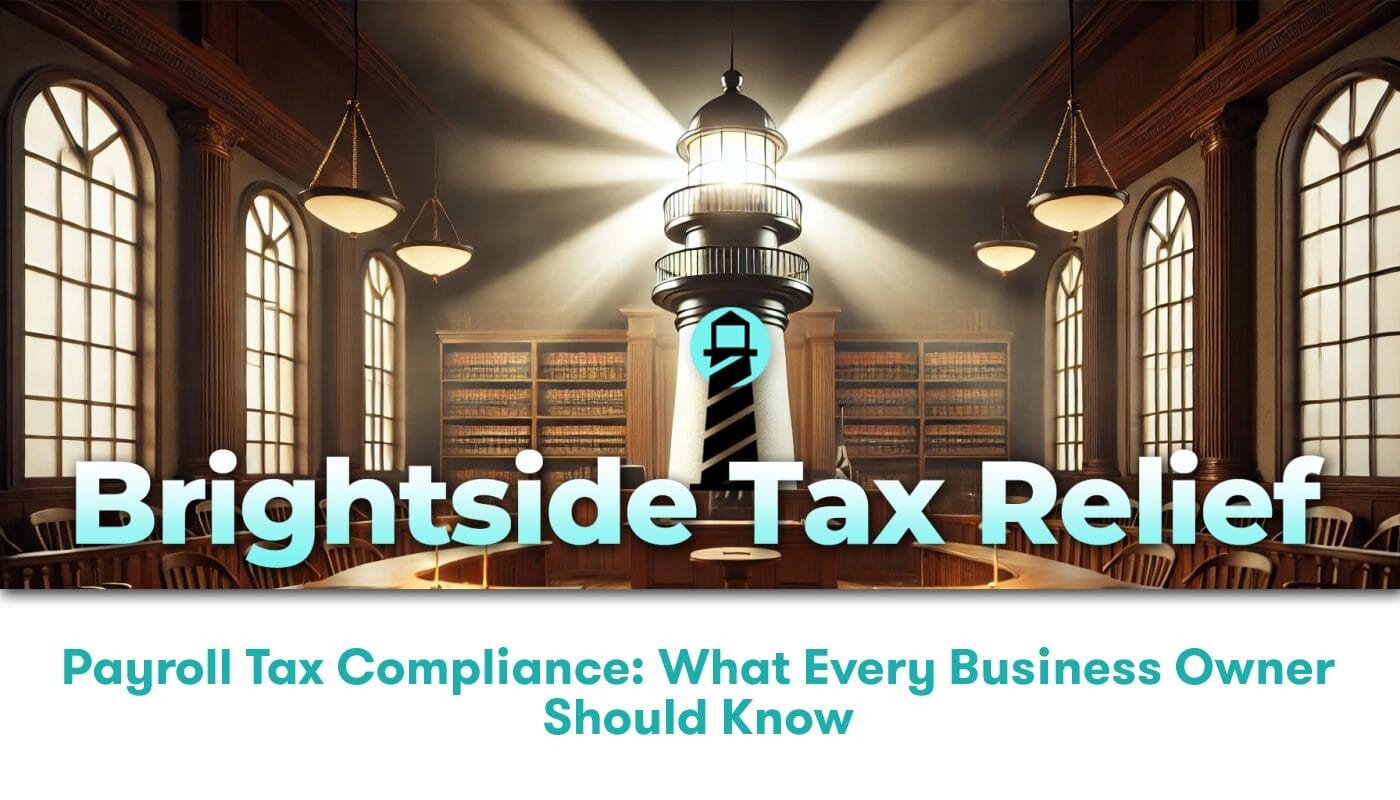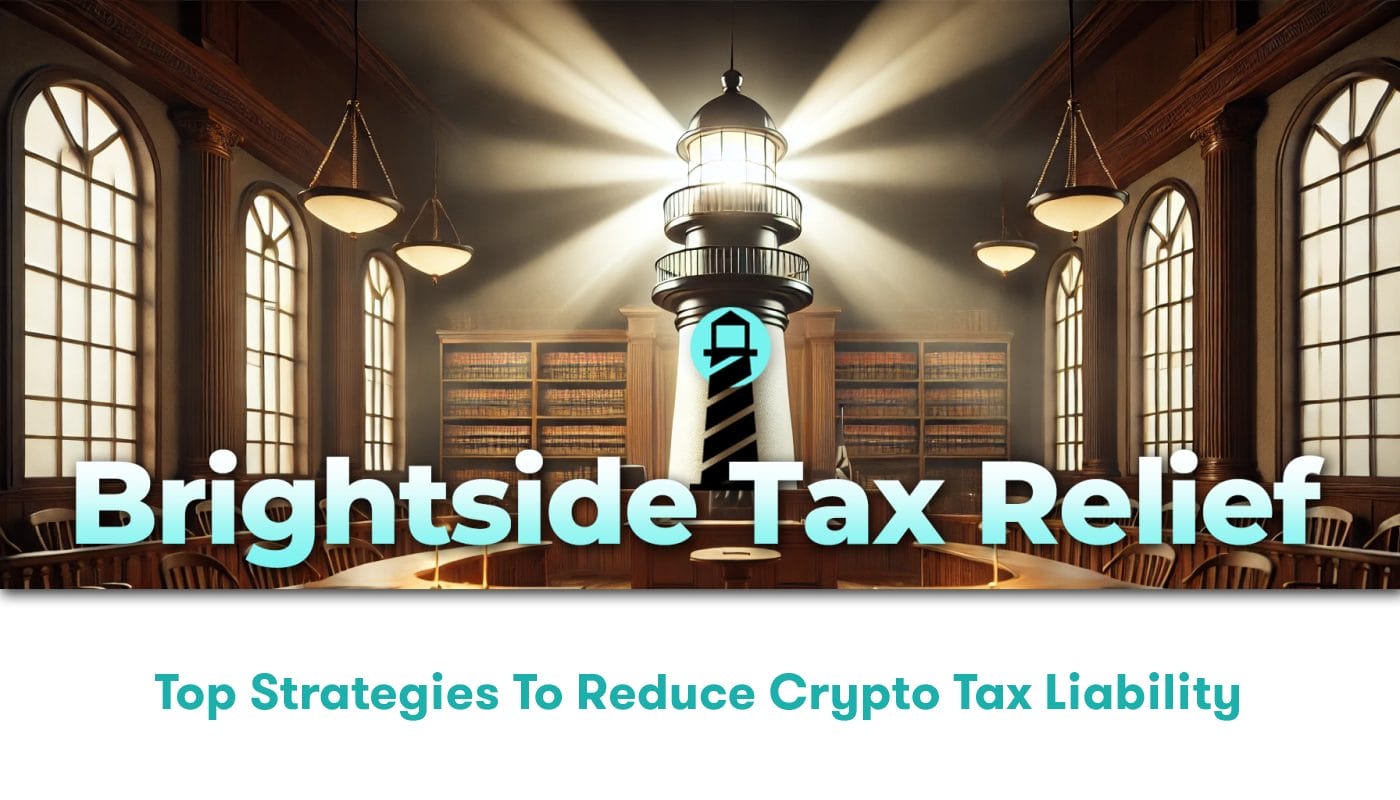Understanding Your Tax Refund: An Overview
Whether you’re a salaried person, entrepreneur, freelancer, or part-timer, tax season is likely one of the most stressful times of the year. Many people don’t understand the intricacies of tax filing, leading to common errors that often result in smaller refunds. As a nationwide tax relief company, Brightside Tax Relief is dedicated to unraveling these tax complexities, ensuring you’re paying no more than you should and getting the most out of your tax refunds.
The Mechanics of Tax Refunds: Breaking it Down
To maximize your tax refund, it’s vital first to grasp the concept of tax refunds. Your tax refund is merely the money you overpaid to the government throughout the year. The overpayment could be as a result of too much withholding from your paycheck, excessive quarterly payments, or an overestimation of your income.
In other words, securing a hefty tax refund isn’t about tricking the IRS into giving you “free money.” It’s about understanding how the system works and taking full legal advantage of the available credits and deductions. By gaining this understanding, you could keep more of your hard-earned money throughout the year, rather than lending it to the government interest-free.
Tap Into Tax Deductions and Credits
People often overlook or aren’t aware of specific tax credits and deductions they’re eligible for, which translates to fewer tax refunds. Here are the main deductions and credits to look out for:
– Standard deductions: The Tax Cuts and Jobs Act virtually doubled the standard deduction, reaching $12,000 for singles and $24,000 for married couples filing jointly. For most taxpayers, it’s more beneficial to take standard deductions, a flat-dollar reduction in your adjusted gross income (AGI), rather than itemizing deductions.
– Itemized deductions: If your eligible individual deductions exceed the standard deductions, consider itemizing. Examples include mortgage interest, property tax payments, medical expenses, state and local taxes, etc.
– Tax credits: Tax credits offer dollar-for-dollar reduction in your tax liability. Major ones include Earned Income Tax Credit (EITC), Child Tax Credit (CTC), American Opportunity Education Credit, and credits for saving for retirement.
Precisely Report Your Income
Ensuring the accurate reporting of your income is crucial in optimizing your tax refunds. Overstating your income can lead to paying more than due, while understating your income can potentially subject you to penalties or audits. Whether it’s reporting from a W-2 form, bank interest, freelance income, or rental income, ensure all these incomes are accurately reported.
Ideal Tax Withholding Calibration
A significant percentage of people in the United States are over-withholding on their taxes. While receiving a massive tax refund may feel like a windfall or forced saving when it’s too much, it’s essentially an interest-free loan you’ve given to the government. With IRS resources like the Tax Withholding Estimator, you can strike a healthy balance between your paycheck and your end-of-year tax liability, effectively maximizing your tax refunds.
Hire a Qualified Tax Professional
If you find tax matters overwhelming or complex, consider hiring a competent tax professional. Despite the upfront costs, tax professionals can save you time and stress, potentially uncovering credits or deductions you may overlook, and help you strategically plan for maximizing your tax refunds.
Making the Most of Your Tax Refunds
Following the above strategies will put you on track for maximizing your tax refunds. The bright side of taxation doesn’t have to be just receiving your refunds; it’s also about making smart financial decisions. With proper planning and a sound understanding of the tax system, you can make your tax refund work for you all year round, not just at tax time.
Remember, Brightside Tax Relief is here to help businesses and individuals navigate through their tax matters. We encourage you to consult a financial advisor or tax professional for guidance tailored to your unique circumstances since everyone’s tax situation is different.





